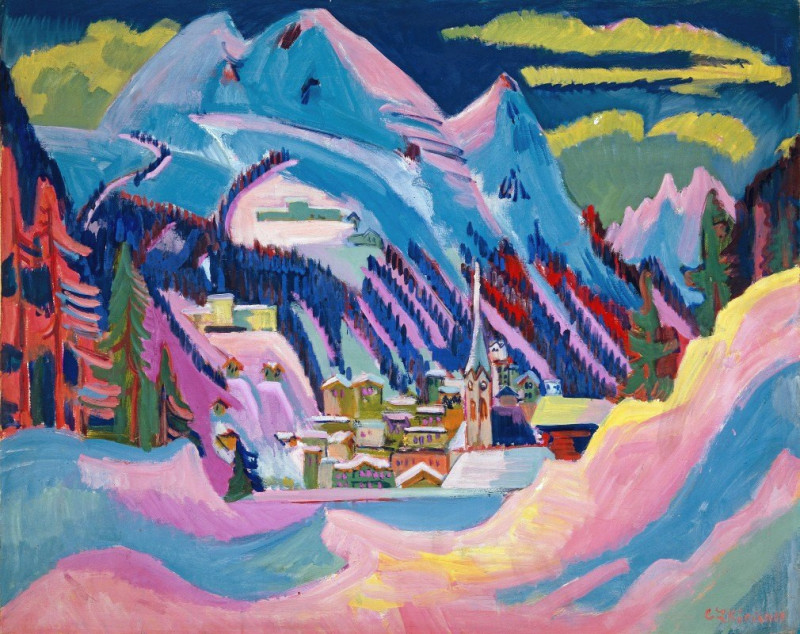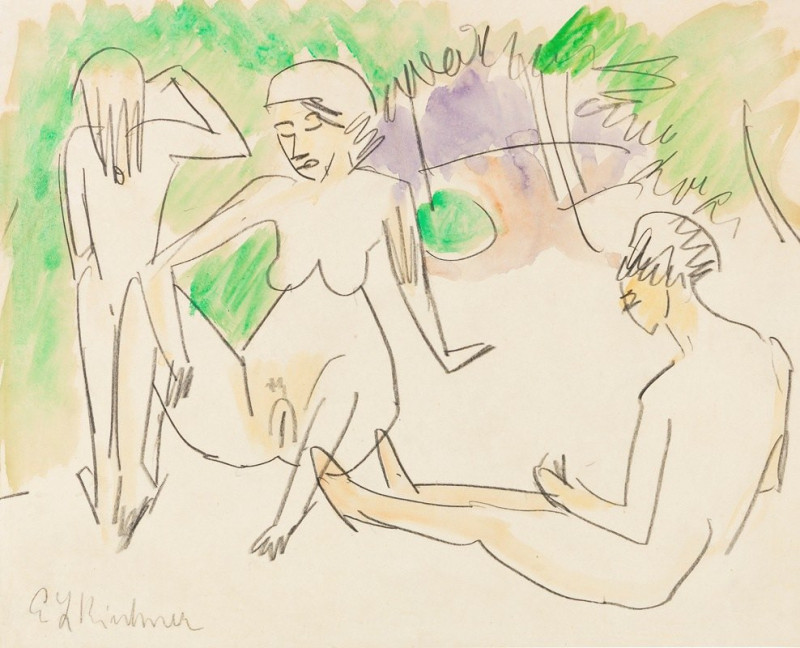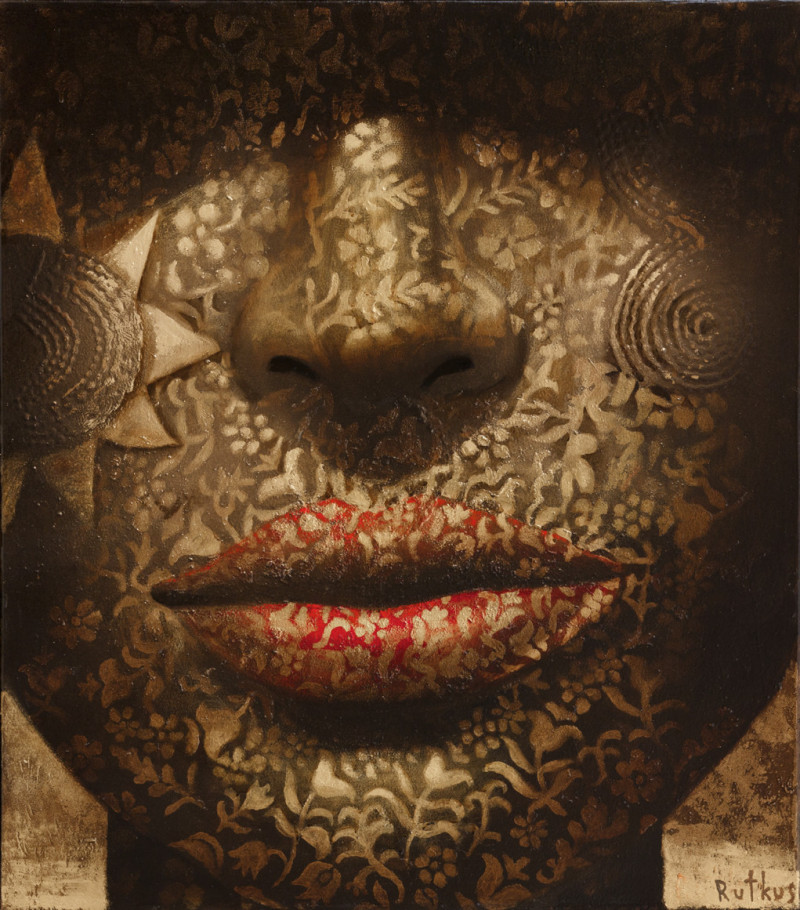Knave with sweeties (1918)
Technique: Giclée quality print
Recommended by our customers
More about this artwork
"Knave with Sweeties" (1918) by Ernst Ludwig Kirchner is a striking example of German Expressionism, a movement known for its vivid colors and emotional intensity. This painting showcases Kirchner's distinctive style of sharp lines and bold, contrasting colors.The composition captures a figure, presumably the "Knave," enveloped in a dynamic swirl of colors, evoking a sense of both movement and turbulence. The figure's posture and expression, though abstract, suggest an introspective mood, possibly hinting at themes of isolation or contemplation. The distorted features and angular forms are typical of Kirchner's approach to visual expression, seeking to convey deeper emotional truths rather than realistic depictions.Surrounding the central figure are abstract shapes and what appear to be objects of confection, referred to in the title as "sweeties." These elements might symbolize temptations or fleeting pleasures, adding a layer of narrative or metaphorical depth to the visual experience.
Delivery
Returns
Ernst Ludwig Kirchner (1880–1938) was one of the most important German Expressionist painters. He was a co-founder of Die Brücke, a group of German expressionist artists formed in Dresden in 1905. Die Brücke and Kirchner took inspiration from Vincent Van Gogh and Edvard Munch, as well as African and Oceanic art. They used woodblock printing as a medium to showcase their signature style: flat, unrealistic images with vivid colors. The recurring themes in Kirchner's artworks included exotic cultures, faraway landscapes, self-portraits, dancers and Berlin street life. His paintings and prints effectively portrayed non-European cultures despite the fact that he never traveled outside of Europe.














































